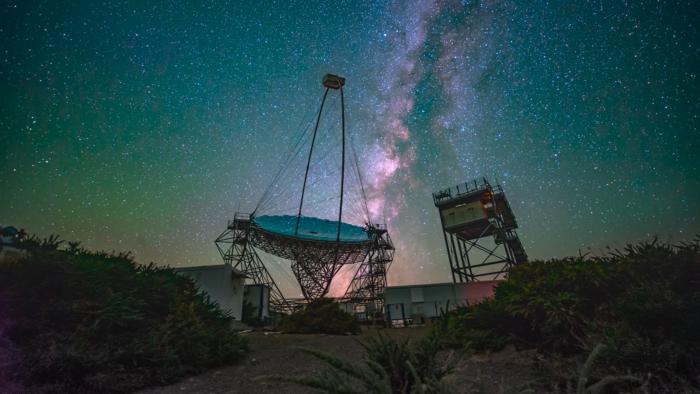A graph of Chandra data and a fit to the data superimposed on an image that combines x-ray, IR, and radio data. Credit: X-ray: NASA/CXC/ICRAR, Curtin Univ./Z. Wang et al.; Infrared: NASA/JPL/CalTech/IPAC; Radio: SARAO/MeerKAT; Image processing: NASA/CXC/SAO/N. Wolk I try to give stories titles that prepare your brain for just what I’m going to talk about. This object… I got nothing. Astronomers using the Chandra X-Ray Observatory have discovered a long-period radio Transit that also blasts out X-rays. Long Period Radio Transits are mysterious objects that blast radio signals for a few...












